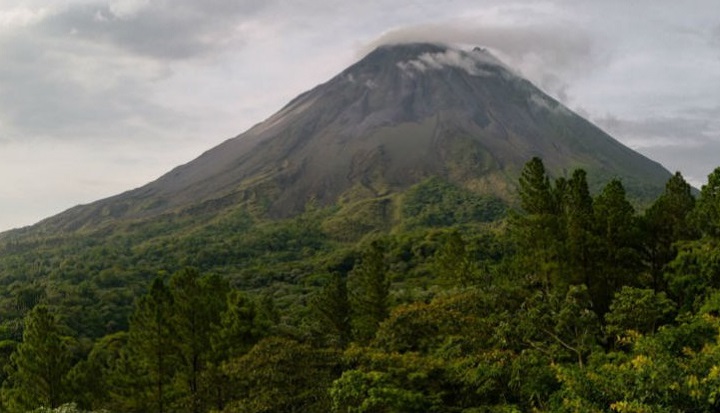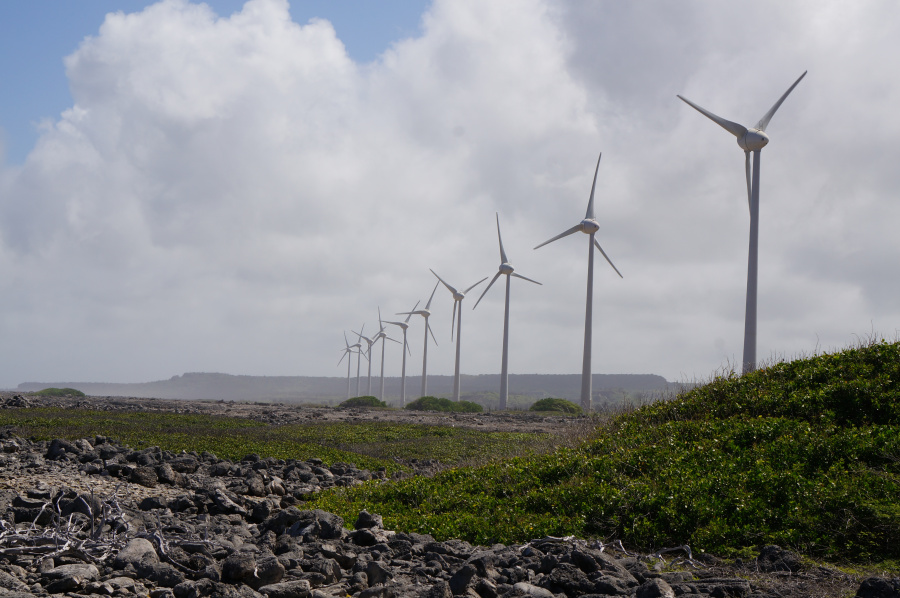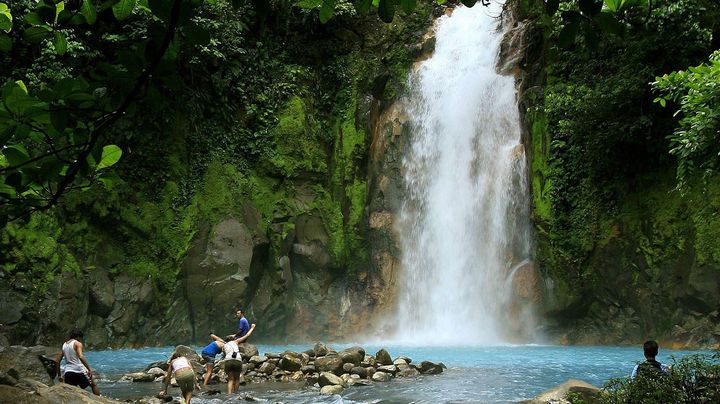
March 20th of this year was an interesting milestone for the nation of Costa Rica. On that day, the country celebrated its 75th straight day of being powered exclusively by renewable energy. So in addition to being a country famous for its breathtaking scenery and ecotourism, Costa Rica is also becoming a beacon for advocates of green energy and sustainable development.
Much of the credit for this achievement goes to some heavy rainfalls this year, which ensured that the country's four major hydroelectric plants were able to generate enough electricity to power nearly all of the country. The rest was generated by a combination of solar, geothermal, biomass and wind energy, the combined effect of which meant that not a single drop of oil needed to be burned.
But much of the credit for this also goes to the federal government, which in 2007 announced that it intended to make Costa Rica the world's first carbon-neutral country by 2021. Last year, as part of this initiative, the government approved of a construction project worth US $958 million that would see to the creation of three major geothermal energy plants.

Turning Costa Rica's volcanoes into a viable source of energy is part of the country's goal of becoming carbon neutral by 2021. Credit: sciencealert.com
Aside from tapping the country's vast array of volcanoes (which includes 6 active and 61 dormant or extinct ones), the project is also intended to move the country away from reliance on its river systems for energy. These rivers are not only an essential part of Costa Rica's biodiversity, the sudden onset of drought would seriously disrupt the country's ability to generate electricity with water.
Of course, this success does come with a few caveats. For starters, Costa Rica is a relatively small nation, with just 4.8 million people living in a land mass that measures 51,000 square kilometers. Also, its primary industries are tourism and agriculture, and not the particularly energy-intensive industries of manufacturing or mining.
Nevertheless, this is still a major accomplishment for the small nation. According to the Carbon Dioxide Information Analysis Center, Costa Rica’s carbon dioxide emissions from fossil fuels totaled 5.8 million metric tons in 2002. To reduce that to zero in the space of just thirteen years gives hope to many nations that are looking to curb their emissions.

Bonaire's wind turbines currently accounf for 40-45% of the island's energy needs. Credit: nostsiliconvalley.org
And Costa Rica is not the only nation who's made significant strides in a short period of time. For example, Bonaire - a small island off the coast of Venezuela with a population of 14,500 - is making significant strides towards becoming carbon neutral. At one time, the country was dependent on diesel power to meet its energy needs, and was forced to import the diesel fuel from abroad.
However, a terrible fire in 2004 (which destroyed the deisel power plant), forced the residents to reconsider their options. Today, a series of 12 wind turbines provides between 40 and 45% of the island's energy needs. The remainder is still provided by a series of deisel generators, but these have since been retooled to run on both diesel and biofuel - which will be produced from algae grown on the island's large salt flats.
And its not just small nations and islands that are making encouraging progress. In 2010, the EU called on all of its members to set a goal of producing 20% of its total energy from renewable sources by 2020. By 2013, it was announced that several member states - such as Sweden, Bulgaria and Estonia - were already ahead of their goals while others were very close.
Worldwide, the prospects for a cleaner future are similarly encouraging. According to a 2014 report released by the Global Wind Energy Council and Greenpeace International, wind power could provide as much as 25 to 30% of global electricity needs by 2050. Similarly, a 2014 IEA report stated that by 2050, solar power would account for 25% of the global energy market.
As always, some nations are leading and some are lagging behind. But overall, the trend is clear: renewable energy is the way of the future!
Top Image Credit: qz.com








